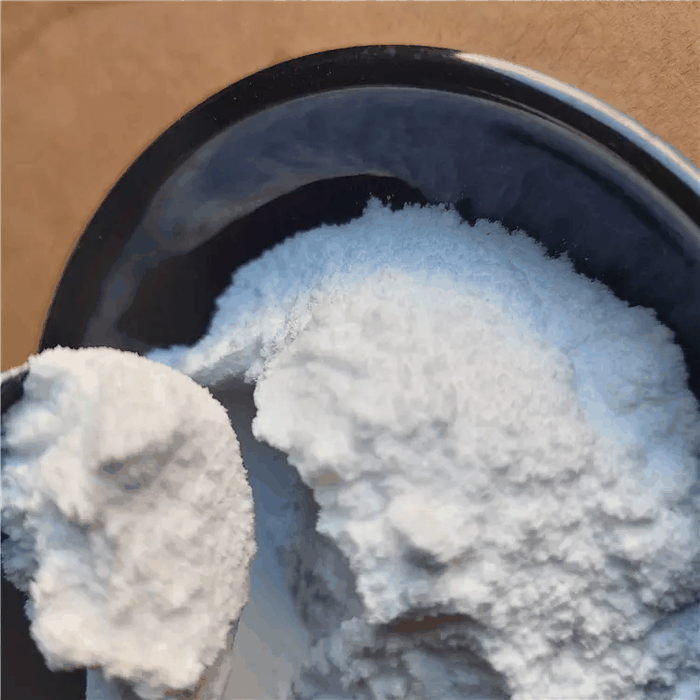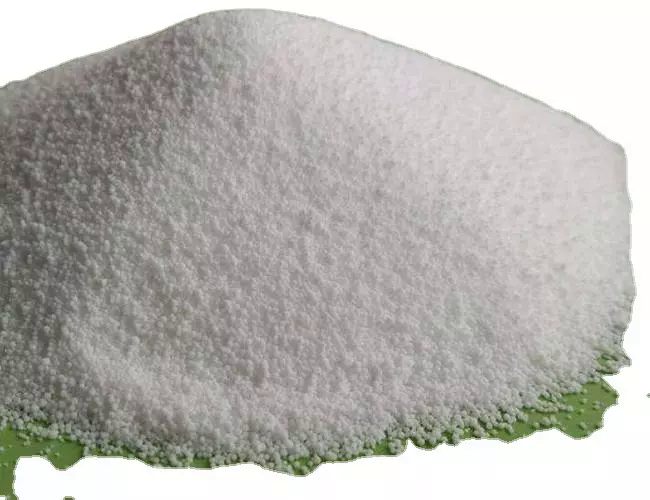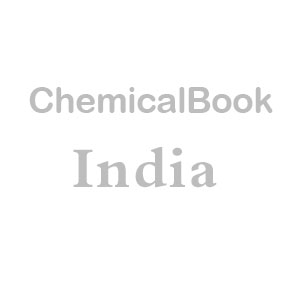STEARYL STEARATE
Synonym(s):Stearic acid stearyl ester
- CAS NO.:2778-96-3
- Empirical Formula: C36H72O2
- Molecular Weight: 536.96
- MDL number: MFCD00056225
- EINECS: 220-476-5
- SAFETY DATA SHEET (SDS)
- Update Date: 2025-01-27 09:38:02

What is STEARYL STEARATE?
Description
Stearyl stearate is a vegetable wax made by combining natural fatty acids with synthetic fatty alcohols. Its ingredients are safe and often used as an emollient, occlusive, skin conditioning agent, and texture enhancer.
Chemical properties
white powder or platelets
The Uses of STEARYL STEARATE
Stearyl stearate has good lubricity and thermal stability and can be used as a low-temperature lubricant, plasticizer for rubber and plastics, softener, cosmetics, and food additives. It is widely used in the light industry, chemical industry, bioengineering, metallurgy, and other industries.
General Description
Stearyl stearate is the ester of stearic acid and 1-octadecanol.
Flammability and Explosibility
Not classified
Properties of STEARYL STEARATE
| Melting point: | 62 °C |
| Boiling point: | 549.1±18.0 °C(Predicted) |
| Density | 0.857±0.06 g/cm3(Predicted) |
| vapor pressure | 0Pa at 25℃ |
| Flash point: | -4°C |
| storage temp. | 2-8°C |
| form | Powder or Platelets |
| color | White |
| Water Solubility | 0ng/L at 25℃ |
| BRN | 1807499 |
| InChI | InChI=1S/C36H72O2/c1-3-5-7-9-11-13-15-17-19-21-23-25-27-29-31-33-35-38-36(37)34-32-30-28-26-24-22-20-18-16-14-12-10-8-6-4-2/h3-35H2,1-2H3 |
| CAS DataBase Reference | 2778-96-3(CAS DataBase Reference) |
| EPA Substance Registry System | Stearyl stearate (2778-96-3) |
Safety information for STEARYL STEARATE
| Signal word | Warning |
| Pictogram(s) |
 Flame Flammables GHS02  Exclamation Mark Irritant GHS07 |
| GHS Hazard Statements |
H228:Flammable solids H315:Skin corrosion/irritation H319:Serious eye damage/eye irritation |
| Precautionary Statement Codes |
P210:Keep away from heat/sparks/open flames/hot surfaces. — No smoking. P241:Use explosion-proof electrical/ventilating/lighting/…/equipment. P264:Wash hands thoroughly after handling. P264:Wash skin thouroughly after handling. P280:Wear protective gloves/protective clothing/eye protection/face protection. P302+P352:IF ON SKIN: wash with plenty of soap and water. P305+P351+P338:IF IN EYES: Rinse cautiously with water for several minutes. Remove contact lenses, if present and easy to do. Continuerinsing. P332+P313:IF SKIN irritation occurs: Get medical advice/attention. P337+P313:IF eye irritation persists: Get medical advice/attention. P370+P378:In case of fire: Use … for extinction. |
Computed Descriptors for STEARYL STEARATE
| InChIKey | NKBWPOSQERPBFI-UHFFFAOYSA-N |
| SMILES | C(OCCCCCCCCCCCCCCCCCC)(=O)CCCCCCCCCCCCCCCCC |
New Products
3-Iodophenylacetic acid 3-Pyridineacetonitrile, α-hydroxy- 2-Propanamine, 1-chloro-, hydrochloride (9CI) 3-(hexyloxy)-4-(pyridin-3-yl)-1,2,5-thiadiazole 2-Hexyn-1-ol Dibenzo-18-crown-6 Nickel(II) perchlorate hexahydrate, 98% 4-Bromophenylacetonitrile, 95% 3-Bromo-4-fluoroaniline, 97% Sodium tetraborate decahydrate, 98% Palladium(II) acetate, trimer, Pd 99% 4-Bromo-2-chlorotoluene, 97% N N Dimethylformamide Dimethyl Acetal (Dmf Dma) 2,3-Dichloro Benzoyl Cyanide [Side Chain] Bis(2-Chloroethyl) Amine Hydrochloride L-Glutamic Acid Diethyl Ester Hydrochloride 5-(Difluoromethoxy)-2-Mercaptobenzimidazole 1-Ethyl-3-(3-Dimethylaminopropyl)-Carbodiimide Hydrochloride [EDC Hcl] 1,4-Napthoquinone Bromoiodomethane Sodium Bicarbonate Methylene Dichloride (MDC) Ethyl Acetate Indole-3-Carbinol (I3C)Related products of tetrahydrofuran








You may like
-
 2778-96-3 Stearyl Stearate 99%View Details
2778-96-3 Stearyl Stearate 99%View Details
2778-96-3 -
 2778-96-3 98%View Details
2778-96-3 98%View Details
2778-96-3 -
 Stearyl stearate 98%View Details
Stearyl stearate 98%View Details
2778-96-3 -
 Stearyl stearate 2778-96-3 99%View Details
Stearyl stearate 2778-96-3 99%View Details
2778-96-3 -
 Stearyl stearate CAS 2778-96-3View Details
Stearyl stearate CAS 2778-96-3View Details
2778-96-3 -
 Stearyl stearate CAS 2778-96-3View Details
Stearyl stearate CAS 2778-96-3View Details
2778-96-3 -
 Cyclohexane, (2-propynyloxy)- 67967-07-1 98+View Details
Cyclohexane, (2-propynyloxy)- 67967-07-1 98+View Details
67967-07-1 -
 132945-75-6 (S)-1-Boc-3-methanesulfonyloxy-pyrrolidine 98+View Details
132945-75-6 (S)-1-Boc-3-methanesulfonyloxy-pyrrolidine 98+View Details
132945-75-6
Statement: All products displayed on this website are only used for non medical purposes such as industrial applications or scientific research, and cannot be used for clinical diagnosis or treatment of humans or animals. They are not medicinal or edible.
